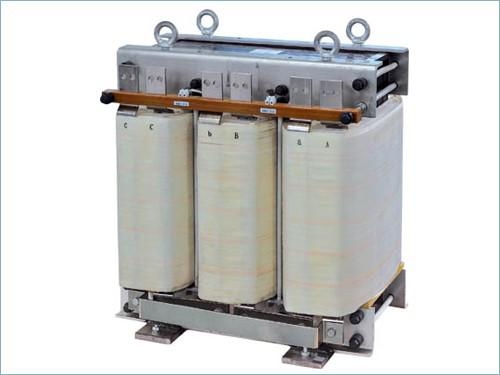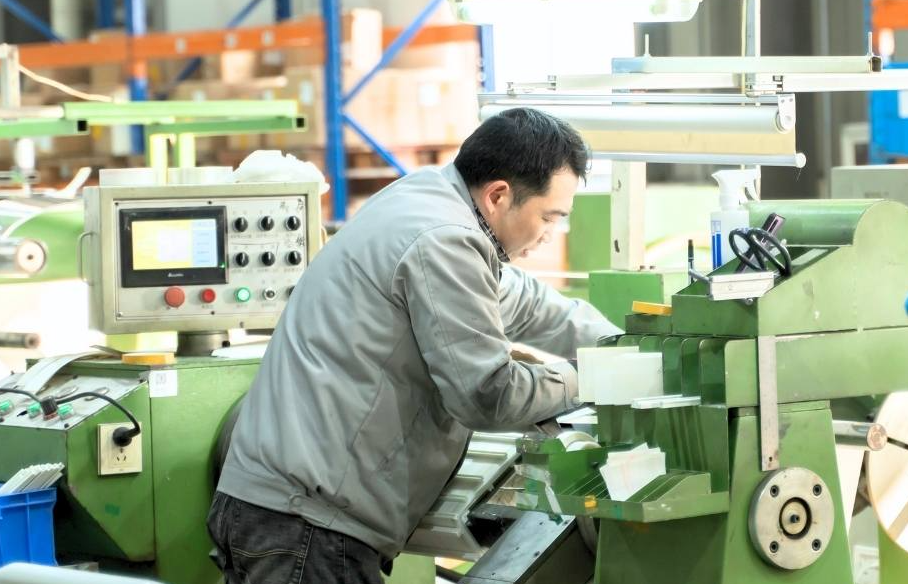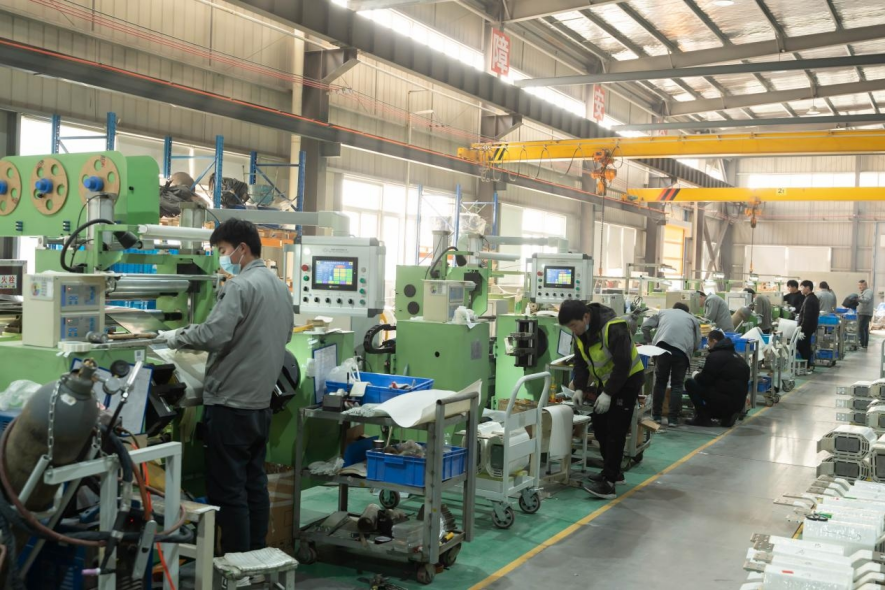Discover the advanced MPT-021 K-factor transformer by Shinenergy, designed for data centers with a capacity of 450KVA. Featuring a silicone steel core and copper foil windings, it ensures superior efficiency (99.11%) and reliability in handling harmonic currents. With a robust build and compliance with industry standards, the MPT-021 offers optimal performance and durability, making it an ideal choice for modern, high-demand electrical applications. Explore efficient power solutions with Shinenergy’s top-tier transformer.

Introduction to K-Factor Transformers
1.1 Definition and Purpose
K-factor transformers, also known as K-rated or K-factor rating transformers, are specifically designed to handle non-linear loads in electrical circuits. The term “K-factor” represents a weighting of harmonic load currents based on their impact on transformer heating. These transformers are often referred to as UL-certified transformers due to their compliance with Underwriters Laboratories (UL) standards.
1.2 Variants and Specifications
Shinenergy offers a comprehensive range of K-factor transformers with ratings such as K1, K4, K9, K13, and K20. Each K-rating corresponds to the level of harmonic current the transformer can handle, with higher ratings indicating greater capacity to manage harmonics.
1.3 Certification and Compliance
K-factor transformers by Shinenergy are certified by UL and CE, ensuring they meet stringent quality and safety standards. These certifications are crucial for market acceptance and regulatory compliance in various regions.
The Growing Market for K-Factor Transformers
2.1 Increasing Demand in Non-Linear Load Applications
The demand for K-factor transformers is on the rise due to the proliferation of non-linear loads in modern electrical systems. These loads, such as computers, LED lighting, and variable frequency drives, generate harmonics that traditional transformers cannot handle efficiently. K-factor transformers are specifically designed to mitigate these issues, making them indispensable in today’s market.
2.2 Technological Advancements and Innovations
Technological advancements have played a significant role in the increasing adoption of K-factor transformers. Manufacturers like Shinenergy continuously innovate to enhance the performance and efficiency of these transformers, ensuring they can handle higher harmonic currents without overheating.
2.3 Market Segmentation and Target Industries
The market for K-factor transformers is segmented based on various factors, including K-rating, application, and geographic region. Key industries that rely heavily on these transformers include healthcare, data centers, commercial buildings, and manufacturing plants. These sectors require reliable power quality solutions to protect sensitive equipment from harmonic distortion.
Introduction to the MPT-021 Model
3.1 Overview of the MPT-021
The MPT-021 is a cutting-edge K-factor transformer designed by Shinenergy, specifically engineered for data center applications. With a capacity of 450KVA and a weight of 1420KG, this transformer stands out in the market for its exceptional performance and robust build.
3.2 Core and Winding Materials
The MPT-021 features a core made from high-quality silicone steel and windings composed of copper foil. These materials ensure optimal efficiency and reliability, making the transformer highly suitable for demanding environments like data centers.
3.3 Key Specifications
Operating at a frequency of 50/60Hz, the MPT-021 transformer boasts a DOE efficiency of 99.11%. The voltage ratio of the transformer is (480V+/-2*2.5%)/415V, with a Dyn11 connection type, ensuring precise voltage regulation and reliable power distribution.
Advantages of Using the MPT-021 in Data Centers
4.1 Enhanced Efficiency and Performance
Data centers require highly efficient transformers to manage their substantial power demands effectively. The MPT-021’s DOE efficiency of 99.11% ensures minimal energy loss, thereby reducing operational costs and contributing to sustainable energy use.
4.2 Superior Material Quality
The use of silicone steel for the core and copper foil for the windings enhances the MPT-021’s durability and performance. Silicone steel provides excellent magnetic properties, reducing core losses, while copper foil windings offer superior conductivity and thermal performance.

4.3 Optimal Harmonic Handling
Designed as a K-factor transformer, the MPT-021 can handle the harmonic currents generated by non-linear loads typically found in data centers. This capability prevents overheating and ensures stable operation, protecting sensitive equipment from potential power quality issues.
Technical Specifications and Their Implications
5.1 Core Material: Silicone Steel
The silicone steel core of the MPT-021 is instrumental in reducing eddy current losses and enhancing overall transformer efficiency. This material choice ensures that the transformer can operate efficiently even under high load conditions.
5.2 Winding Material: Copper Foil
Copper foil windings are known for their excellent electrical conductivity and thermal management. In the MPT-021, these windings help maintain optimal operating temperatures, even when the transformer is subjected to high harmonic currents.
5.3 Frequency and Capacity
Operating at both 50Hz and 60Hz, the MPT-021 is versatile and adaptable to various power systems. Its capacity of 450KVA makes it suitable for large-scale data centers, ensuring it can handle substantial power loads without compromising performance.
Practical Applications in Data Centers
6.1 Reliable Power Distribution
The MPT-021’s voltage ratio of (480V+/-2*2.5%)/415V and Dyn11 connection type make it ideal for maintaining stable and reliable power distribution within data centers. This stability is crucial for the continuous operation of critical IT infrastructure.
6.2 Handling Non-Linear Loads
Data centers are characterized by the presence of non-linear loads, which can generate significant harmonic currents. The MPT-021 is designed to manage these currents effectively, preventing issues such as overheating and ensuring the longevity of both the transformer and the connected equipment.
6.3 Weight and Installation Considerations
Weighing 1420KG, the MPT-021 is robust and durable, yet its installation requires careful planning. Data center operators must ensure that the physical infrastructure can support the transformer’s weight and that appropriate safety measures are in place during installation.
Market Challenges and Opportunities
7.1 Addressing Power Quality Issues
One of the primary challenges in the electrical industry is maintaining power quality, particularly in environments with significant harmonic distortion. K-factor transformers offer a solution to this challenge by effectively managing harmonic currents, thereby preventing power system problems and protecting sensitive equipment.
7.2 Expanding Applications and Use Cases
The versatility of K-factor transformers opens up numerous opportunities for their application in different sectors. As industries continue to adopt more sophisticated electronic equipment, the need for reliable power quality solutions like K-factor transformers will grow. This expansion presents a significant market opportunity for manufacturers like Shinenergy.
7.3 Competitive Landscape and Market Positioning
The market for K-factor transformers is competitive, with several players vying for market share. Shinenergy’s focus on innovation, quality, and certification positions it well to capitalize on the growing demand for these transformers. By continually improving its product offerings and maintaining high standards, Shinenergy can strengthen its market position.

Future Trends and Developments
8.1 Integration with Smart Grid Technologies
The future of K-factor transformers lies in their integration with smart grid technologies. As the electrical grid becomes more intelligent and interconnected, transformers will need to communicate and operate seamlessly within these systems. Innovations in this area will enhance the efficiency and reliability of power distribution.
8.2 Advances in Transformer Materials and Design
Ongoing research and development in transformer materials and design are set to improve the performance and efficiency of K-factor transformers further. New materials that offer better thermal and electrical properties will enable transformers to handle even higher levels of harmonic distortion without compromising performance.
8.3 Regulatory and Environmental Considerations
Regulatory and environmental considerations will continue to shape the market for K-factor transformers. Stricter regulations on power quality and energy efficiency will drive the adoption of advanced transformers that meet these requirements. Additionally, the push for more sustainable and environmentally friendly technologies will influence transformer design and manufacturing processes.
Conclusion
K-factor transformers play a crucial role in managing the challenges posed by non-linear loads in modern electrical systems. The market for these transformers is expanding rapidly, driven by increasing demand across various industries, technological advancements, and regulatory requirements. Shinenergy’s commitment to innovation, quality, and certification positions it well to meet the evolving needs of this dynamic market.

